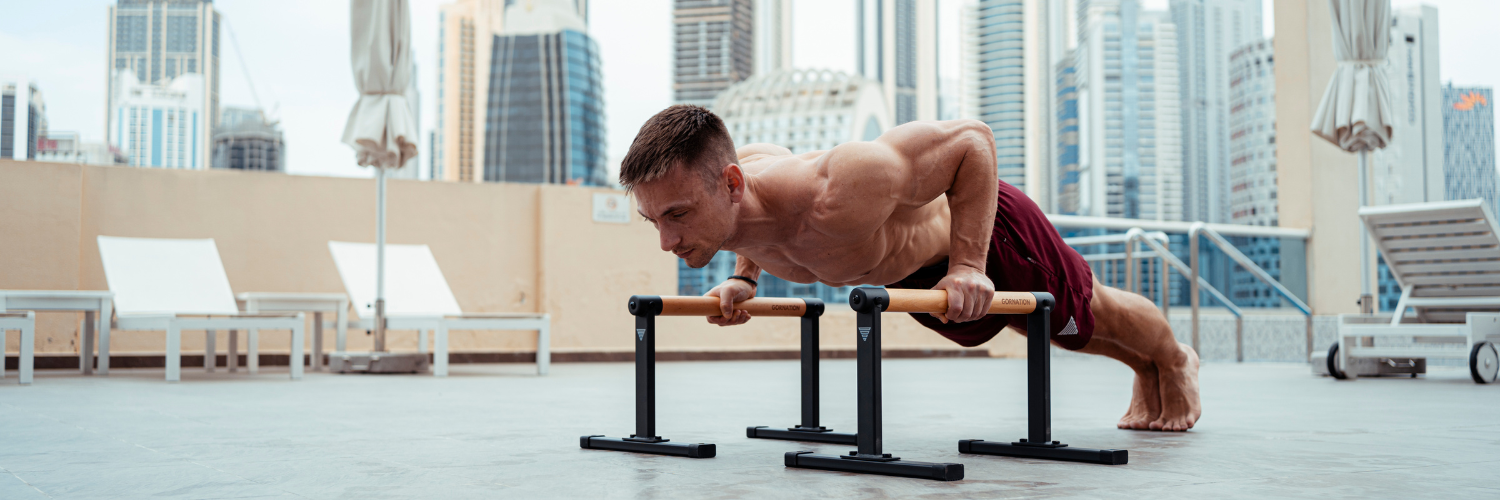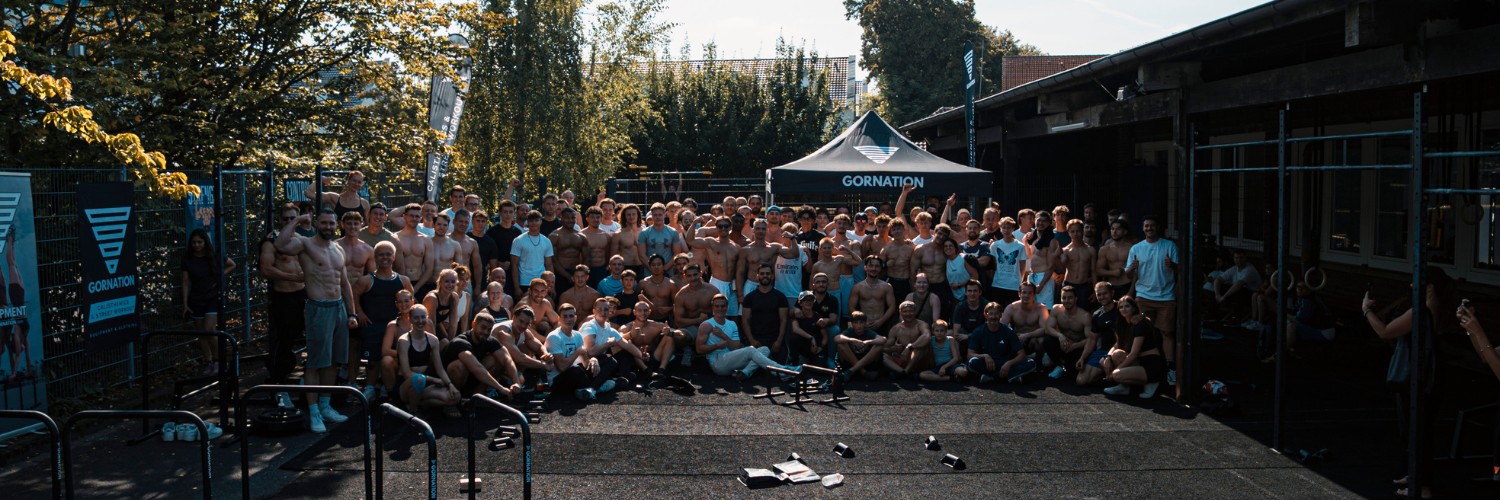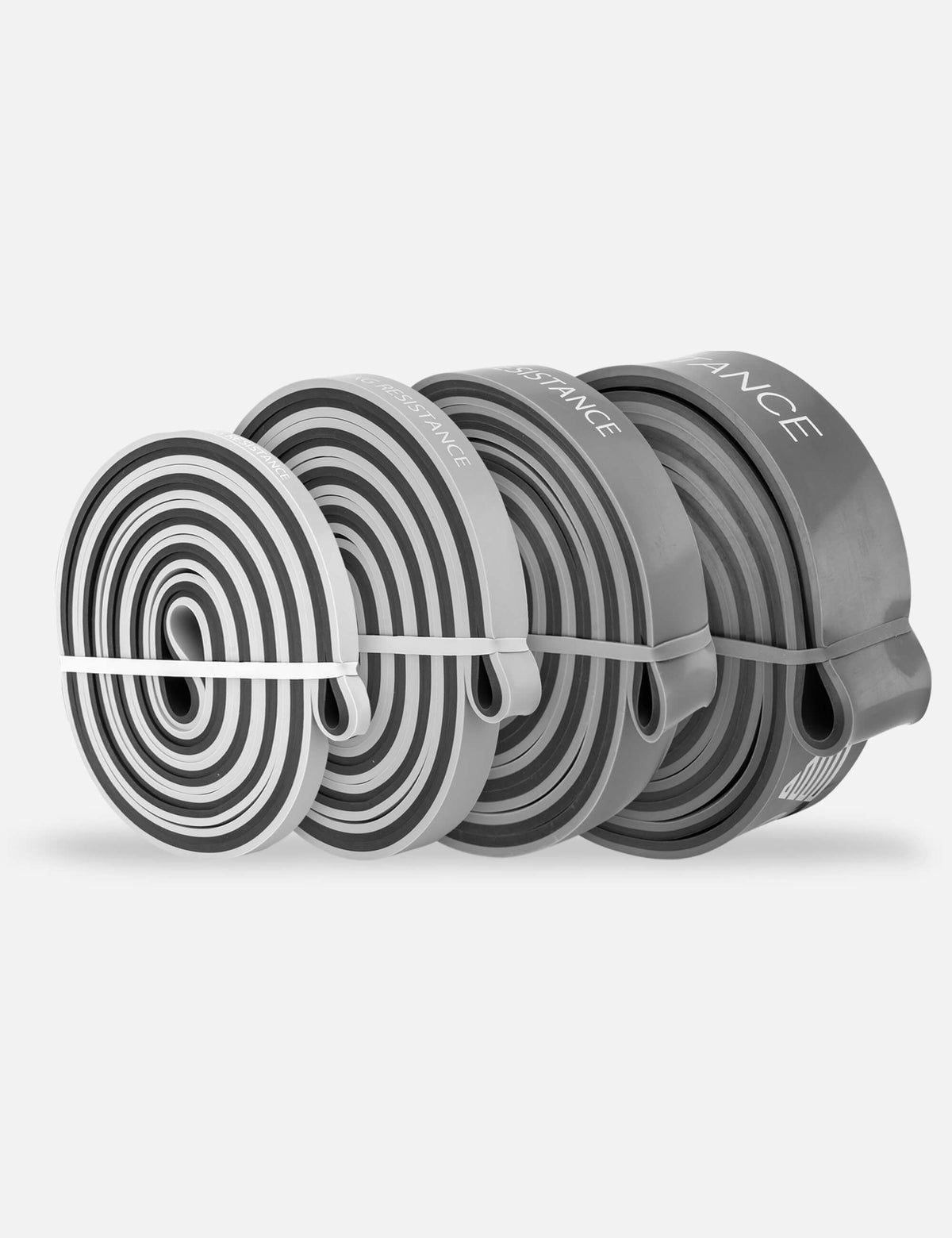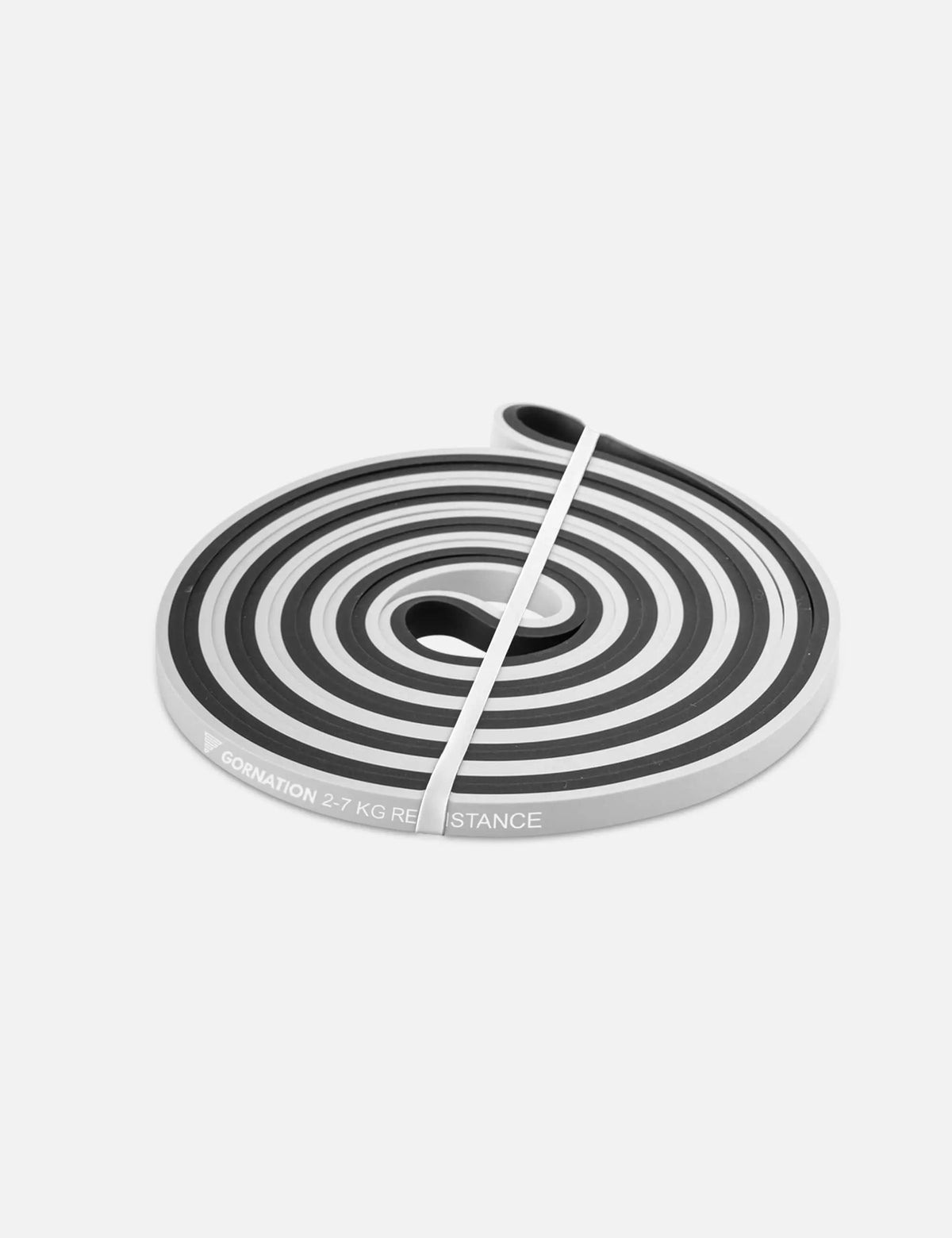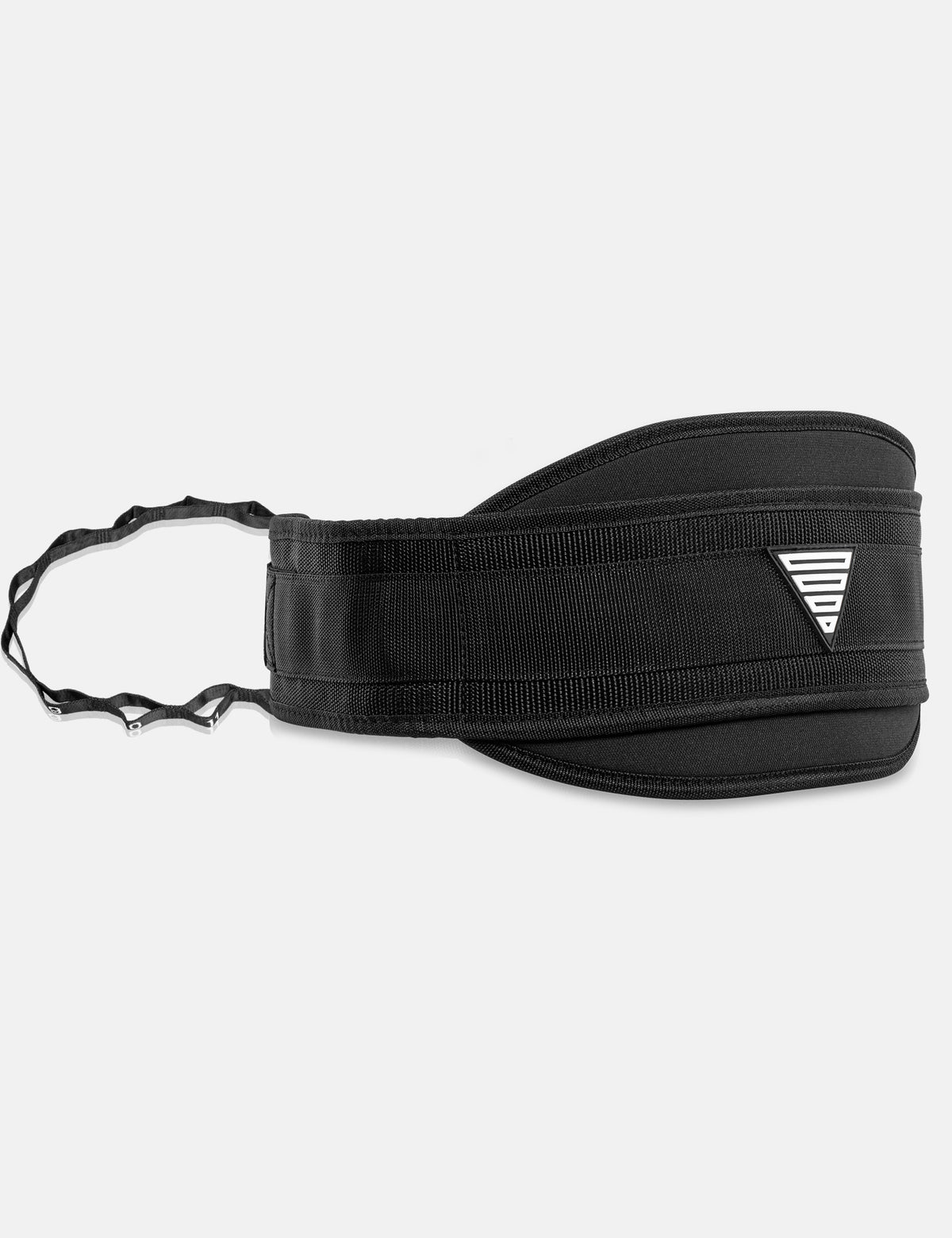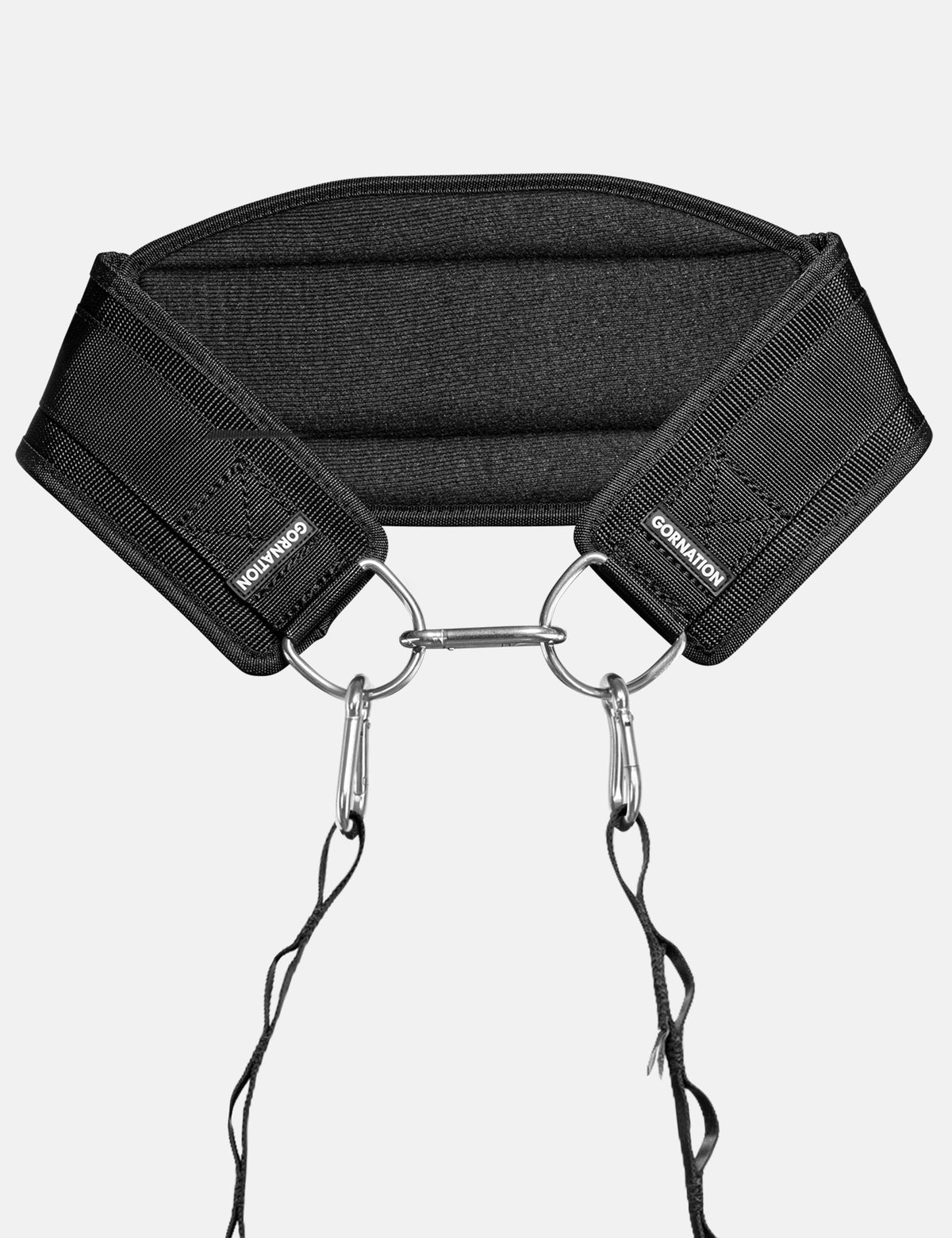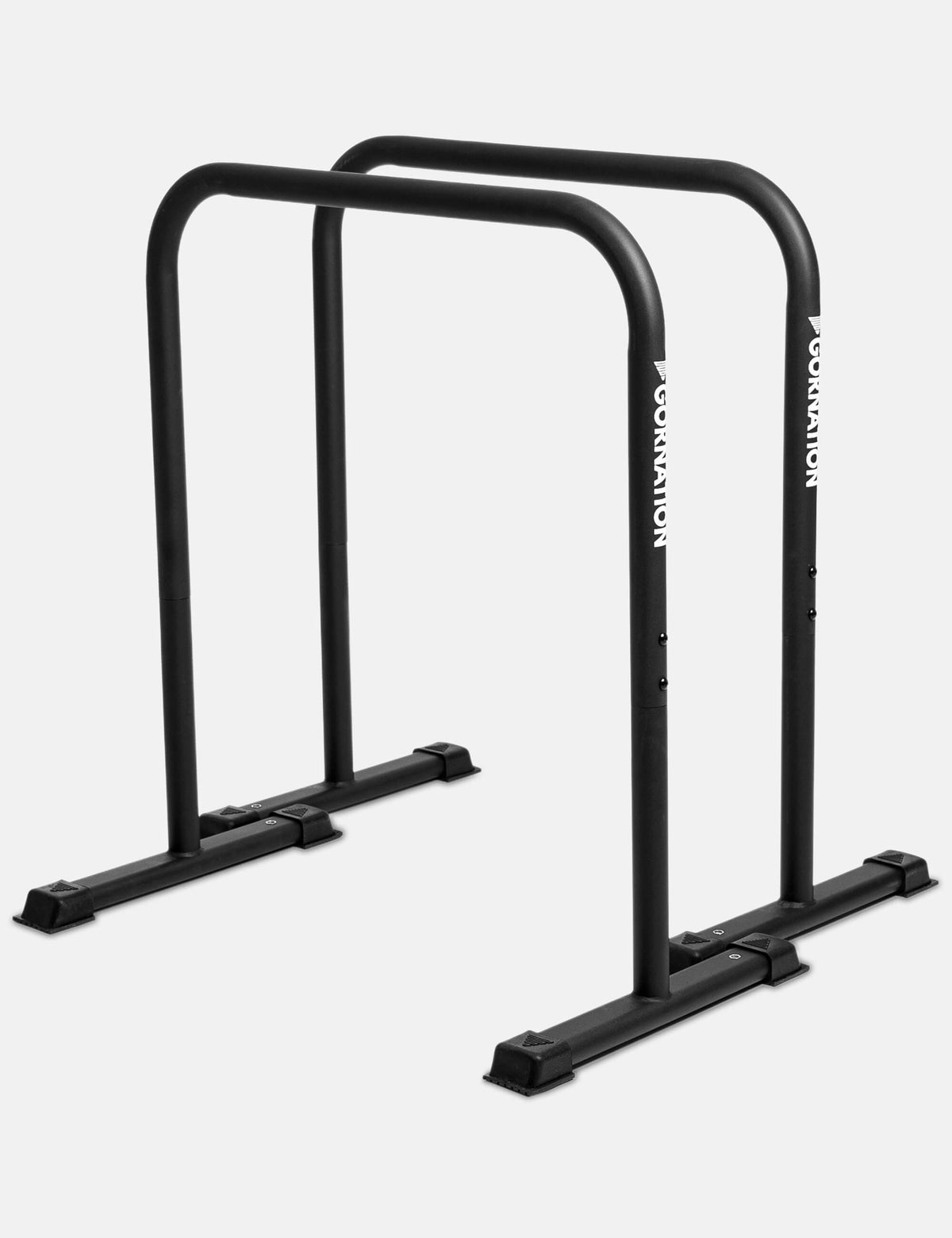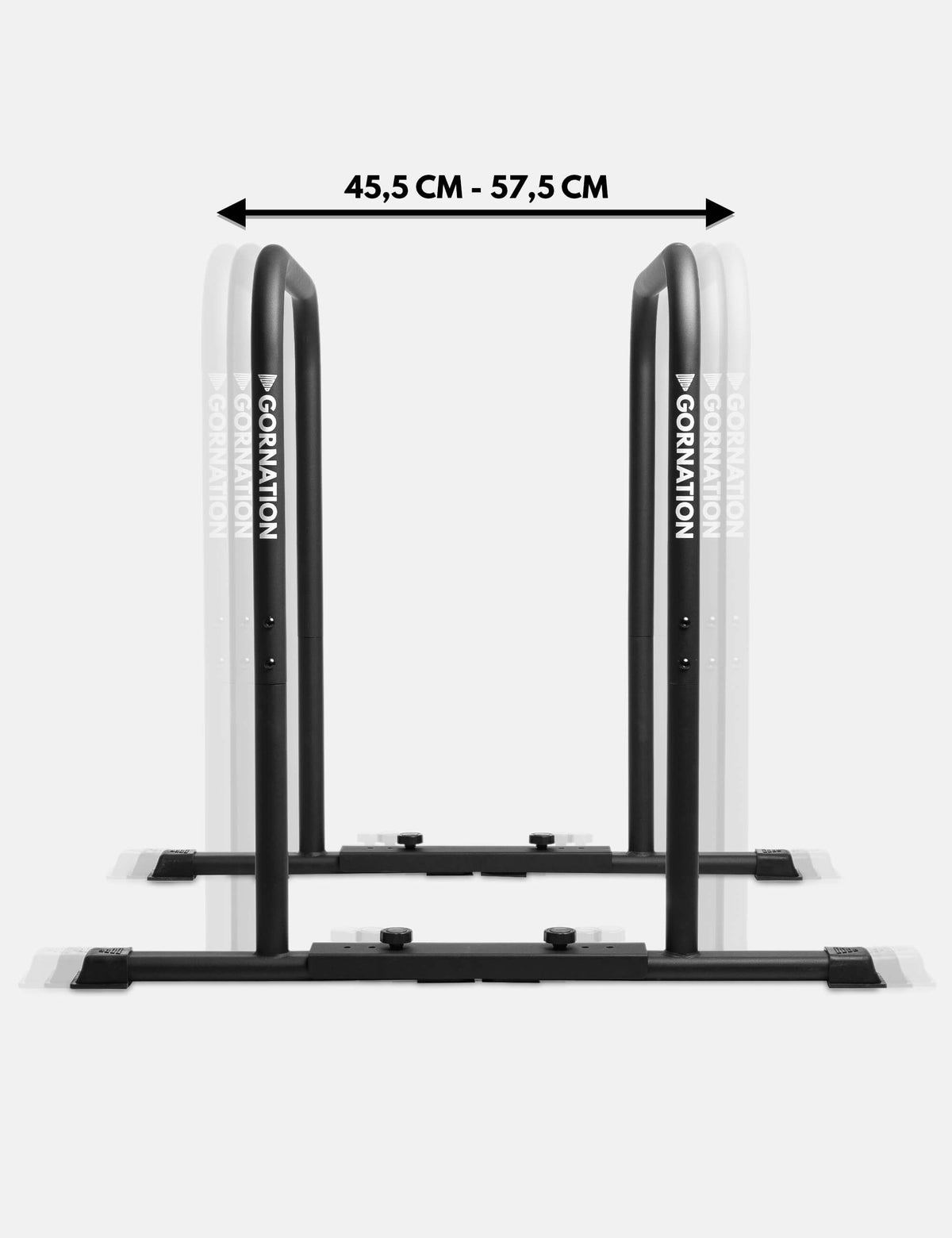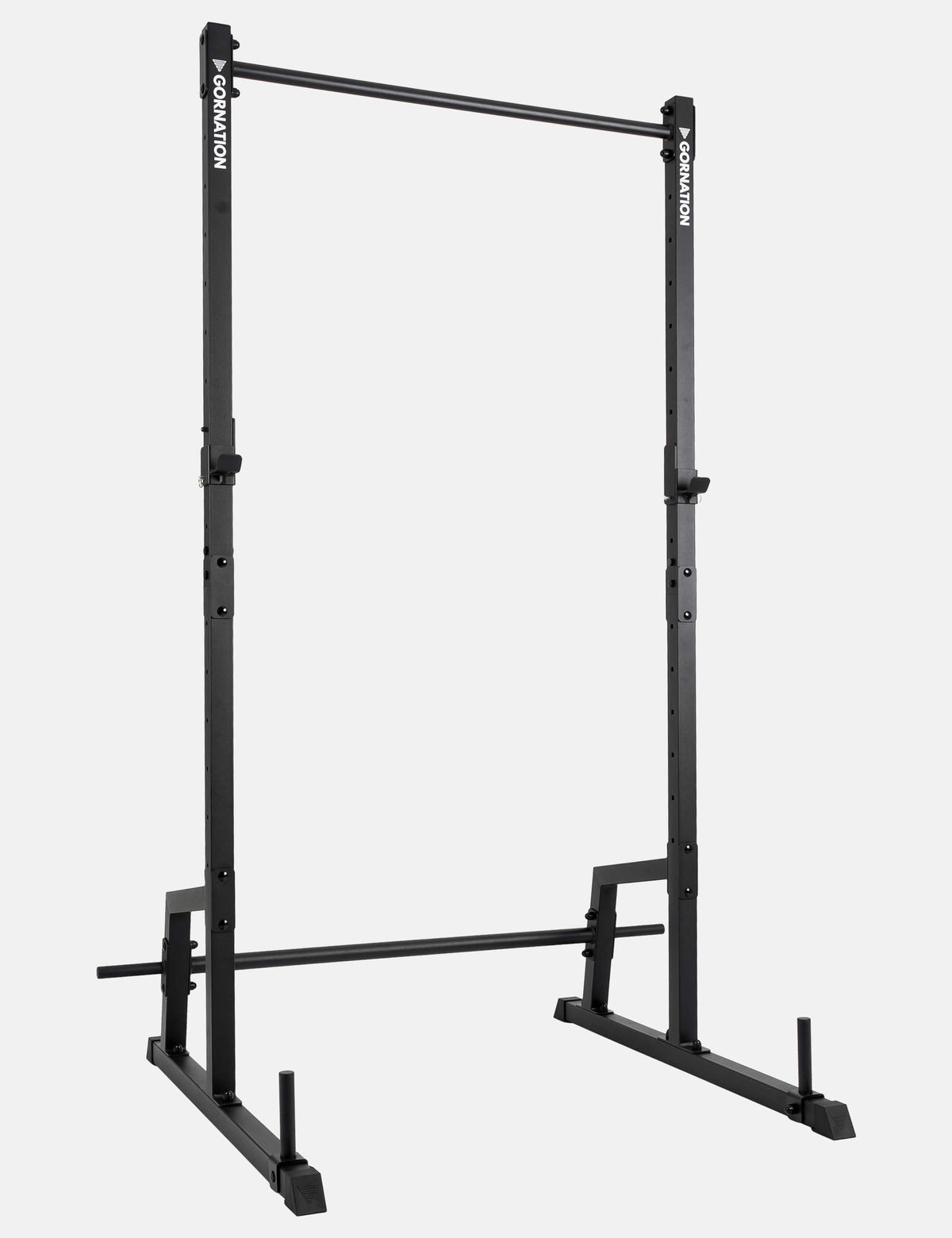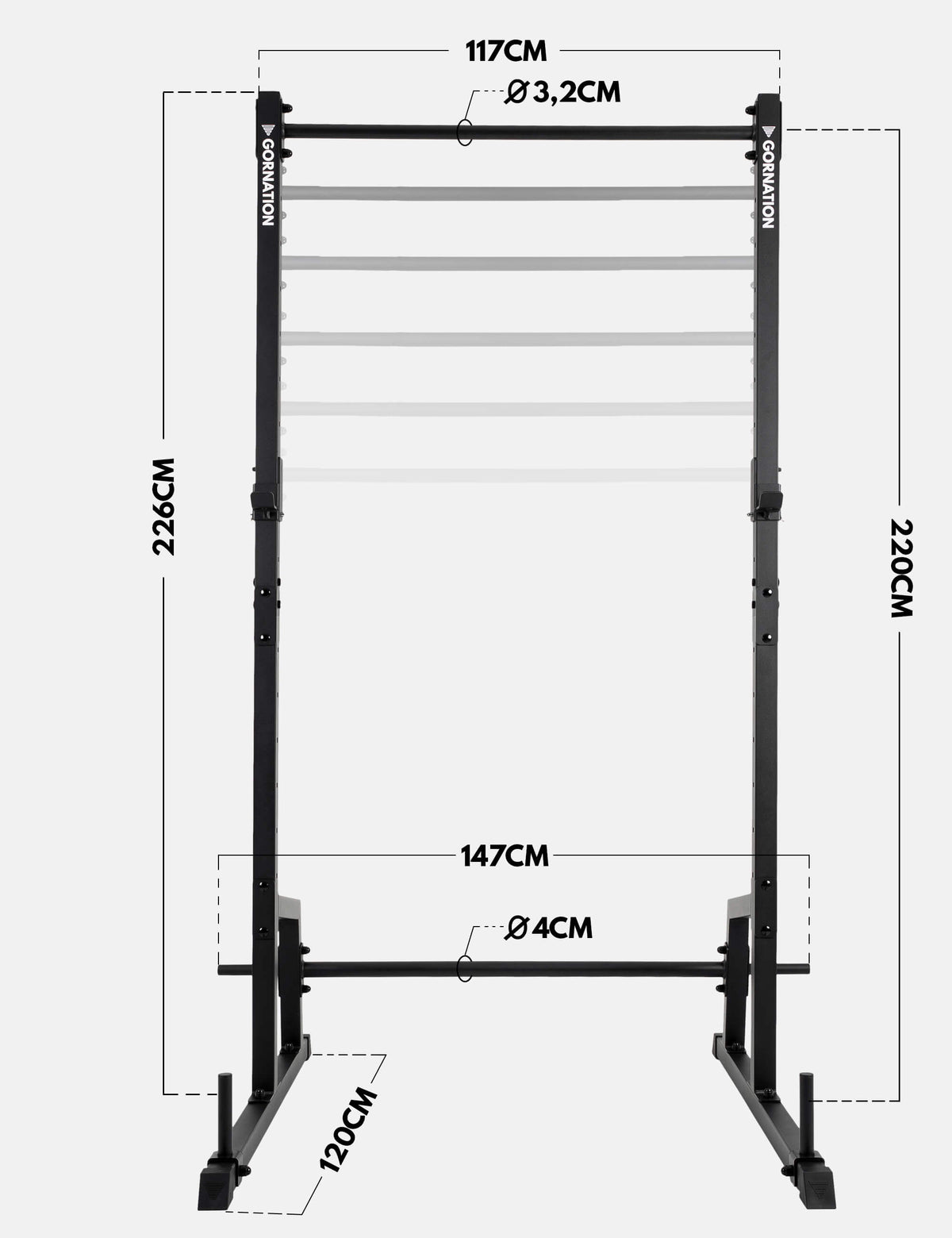Doing Push-Ups Correctly: Proper Position
To perform push-ups correctly, you first need to adopt the right starting position:
-
Lie face down, with your hands slightly wider than shoulder-width apart.
-
Fingers should point forward or slightly outward to protect the joints.
-
Shoulders, hips, and ankles must remain aligned.
-
Keep your gaze neutral, directed at the floor, so you don’t strain your neck.
-
Engage your abs and glutes: core stability protects your back.
As you lower yourself, bend your elbows at about a 45° angle from your torso and bring your chest close to the floor without touching it. As you push back up, press with strength but maintain control to properly engage the targeted muscles.

Modifying Push-Ups for Beginners
If you’re just starting out, it’s normal to find a full push-up difficult. The key is to begin with adapted variations to progress safely:
-
Knee push-ups: keep the same arm position, but rest your knees on the floor to reduce the load.
-
Incline push-ups: place your hands on a bench or table to decrease intensity.
-
Eccentric push-ups: lower yourself slowly in a standard push-up, then return to the top with your knees on the floor.
These variations help gradually strengthen your shoulders, chest, and triceps.
Using Push-Up Bars
Push-up Bars are a great accessory to improve comfort and effectiveness. They allow you to:
-
Reduce wrist pressure by keeping the joint in a more neutral position.
-
Increase the range of motion, which stimulates the chest and triceps more.
-
Improve stability and vary grips (wide, narrow, neutral).
At GORNATION, you’ll find ergonomic bars designed for street workout and calisthenics athletes, perfect for your training.

Muscles Worked by Push-Ups
When you do push-ups, several muscle groups are engaged:
-
Chest (pectorals): the main drivers of the movement.
-
Triceps: heavily involved in arm extension.
-
Shoulders (deltoids): stabilize and assist the motion.
-
Core (abs and lower back): essential for maintaining good posture.
Push-ups are therefore a complete compound exercise, ideal for building strength and muscular endurance.
How to Progress with Push-Ups
To progress effectively, follow these tips:
-
Gradually increase the number of reps and sets.
-
Vary your hand positions: close for triceps, wide for chest.
-
Try variations such as decline push-ups (feet elevated) or explosive push-ups for more power.
-
Incorporate push-up handles to diversify the stimulus.
-
Always prioritize quality of execution over quantity.

Common Mistakes to Avoid in Push-Ups
Even though push-ups seem simple, many people make the same mistakes. Here are the main ones to correct:
-
Arching your back: don’t let your lower back sag; it overloads the spine. Stay braced from start to finish.
-
Keeping hips too high: your hips should stay aligned with shoulders and ankles; otherwise, the exercise loses effectiveness.
-
Not engaging your core: without contracting your abs and glutes, you lose stability and risk back pain.
-
Lack of range of motion: going only halfway down reduces benefits. Aim for full arm flexion without touching your chest to the floor.
-
Poor scapula positioning: don’t let your shoulders creep toward your ears. Keep your shoulder blades slightly pulled together for joint protection.
-
Elbows flared too wide: elbows at 90° increase shoulder stress. Keep them around 45° for safety.
-
Neck misalignment: looking up or at a mirror breaks alignment. Keep your gaze toward the floor.
Conclusion
Knowing how to do push-ups properly makes all the difference: you’ll be more efficient, build strength and muscle mass, and most importantly, avoid injuries. Focus on good form, use accessories like push-up handles, and progress step by step. With consistency, you’ll quickly notice visible results in your body and performance.
 | 4.700+ Reviews
| 4.700+ Reviews
 Free EU Shipping above 100€*
Free EU Shipping above 100€*
 Worldwide Tracked Shipping
Worldwide Tracked Shipping

